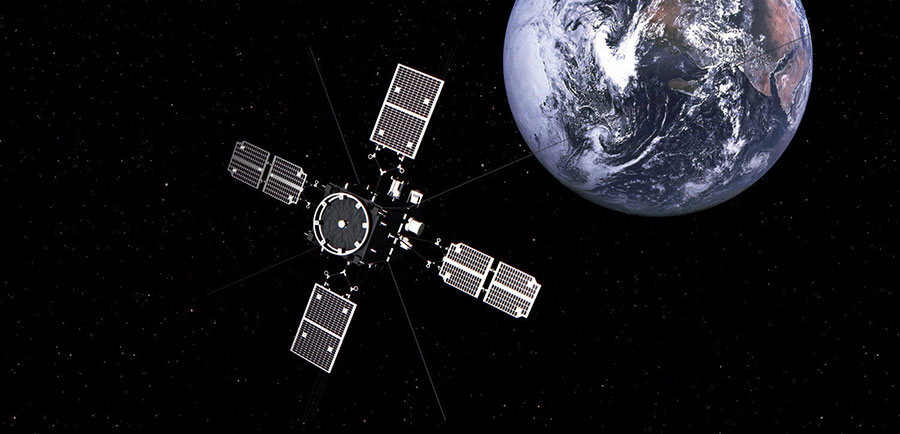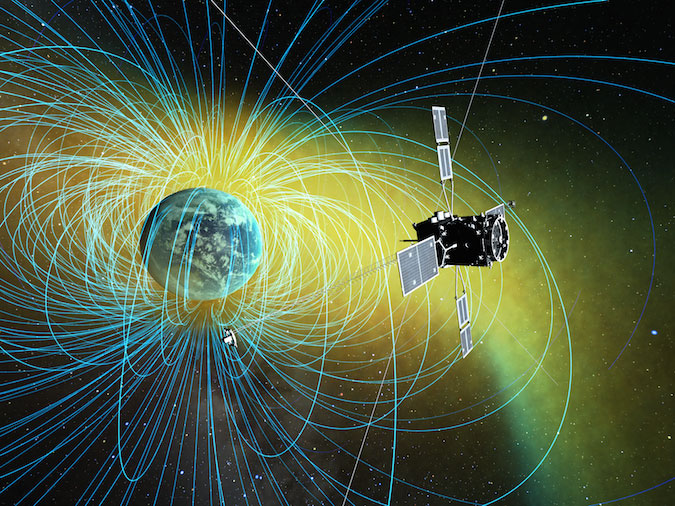This Tuesday at 8:00 PM local time, Japan launched its Exploration of Energization and Radiation in Geospace satellite (ERG) from the Uchinoura Space Center in southern Japan. After 13 minutes and 27 since the liftoff, the separation of the satellite from the spacecraft was confirmed.
The primary mission for this satellite is to recollect the information necessary for scientists to study more accurately the radiation environment present in the adjacencies of the Earth, where it will orbit. The plan is for the spacecraft to circle in an elliptical orbit in which the machine will be as near to Earth as 215 miles and as far away as 18,640 miles.

This road planned by the Japanese Aerospace Exploration Agency (JAXA) will take the satellite into the Van Allen radiation belts, a place where Earth’s magnetic zones have recollected significant amounts of quick-moving electrons and several particles. JAXA informed that this zone is very dangerous, as the high amount of particles could damage spacecraft’s computers and put in danger the lives of the astronauts.
According to a JAXA official publication regarding the ERG mission, the primary purpose for the spacecraft will be the explanation of the creation and speed of electrons, along with the study of the development of space storms.
“ERG will make a comprehensive observation of the electrons and ions near the equatorial plane in geospace, which is thought to be the area where the acceleration of such electrons is occurring,” the Japanese Aerospace Exploration Agency wrote in their official bulletin released this Tuesday.

This mission didn’t cost that much to Japan
According to declarations by the JAXA, the cost of this space mission was considerably lower when comparing to missions from other space agencies. The launch of the Epsilon-2 along with the ERG represent a significant cut regarding the budget for such an important task.
JAXA explained months before today’s launch that they were developing a solid fuel rocket program that was both secure and cheap. The 26-meter machine represents an attempt from Japan to keep being competitive concerning a space investigation world that keeps getting larger and more complex every year.
According to JAXA, the cost of this solid fuel rocket program was about two thirds cheaper than traditional and similar projects from other space organizations. JAXA stated that the first Epsilon they launch, back in 2013, cost 3.8 billion yen, ergo, about $32.4 million. These type of programs are commonly used in model rockets by distinct agencies in the world because of the simplicity and low cost.
Currently, the acquisition of low priced programs like the Epsilon project is vital for space agencies like JAXA that face great competition from their friendly rivals from the U.S. and Europe.
Source: Space
